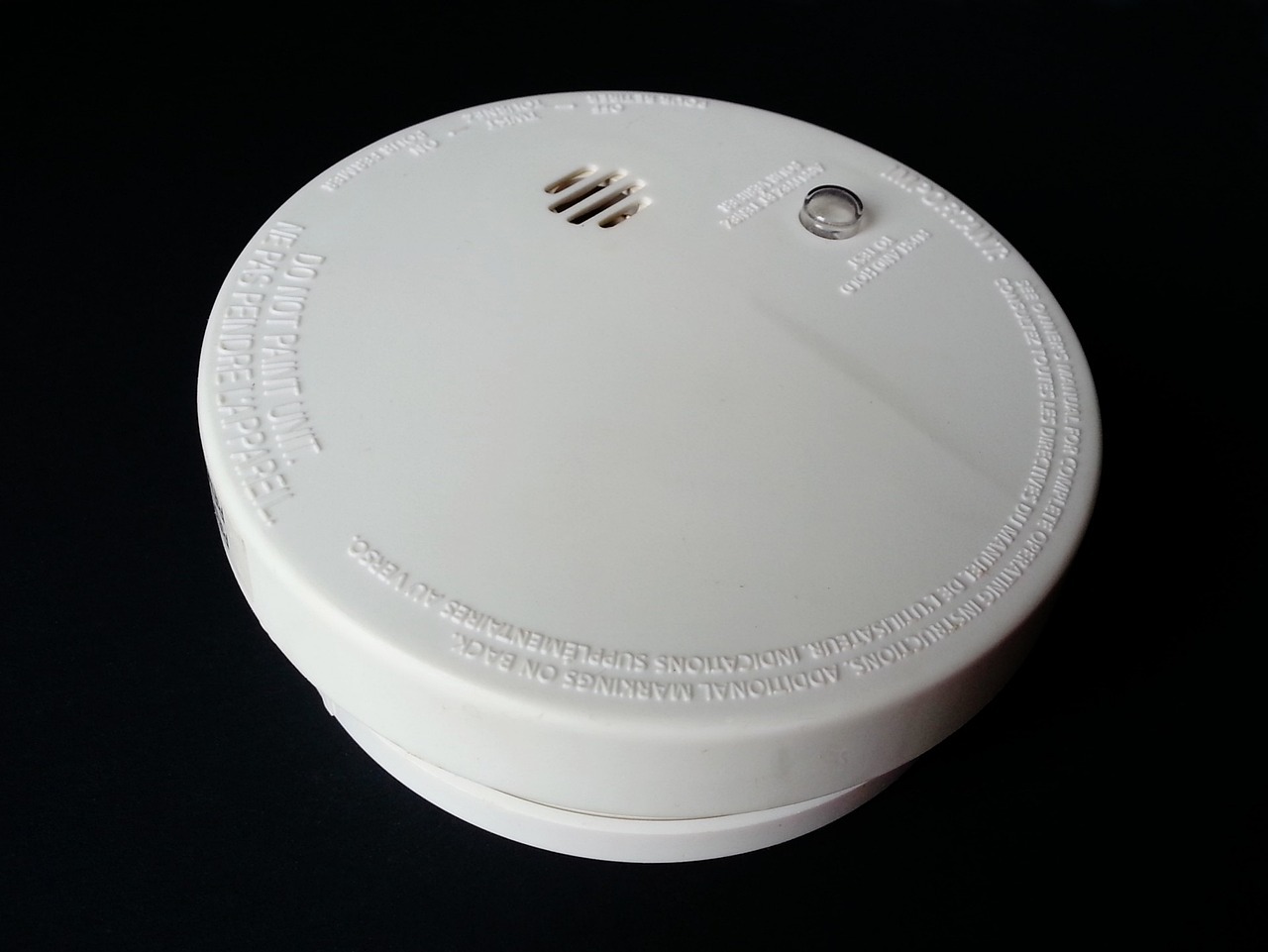Smoke detectors are one of your first defenses to stay safe from fire and minimize damage. When properly installed and maintained, they will alert you to trouble at the first whiff of smoke and reduce the risk of death by half. We share our tips below to choose these convenient safety devices, keep them, and install them safely.
1. Find and choose smoke sensors
When your present detector is over ten years old—or your home has no wireless interconnected smoke detectors whatsoever—invest in new detectors immediately.
2. Buy alarms in your house on all levels
Your layout determines the number of detectors you need, but at least one should be installed on each floor of the house, with at least one in each bedroom and one outside each room. Downstairs and attics are not counted as wireless interconnected smoke detectors, different levels because you count the number of devices you need.
3. Set your alarms up in the center quickly.
Install smoke alarms as soon as possible — without the wireless interconnected smoke detectors protection, you do not want to spend any nights. Put every alarm in the middle of the room on the flat side of the wall or ceiling. Make sure the detector is about 12″ or less from the ceiling for wall-mounted devices. Read and follow your device’s instructions carefully during the installation, particularly when hardwired power is required for the detectors. Find an expert who can install the alarm for you when you’re worried about the setup procedure.
4. Immediately following installation, test your smoke alarms
Test the sensors with all of us in the house once you have set up the smoke alarms. Press each device’s test button individually to make sure everyone recognizes the alarm sound. This initial test is also an excellent time to discuss your home evacuation plan, routes, and meeting points outside your house. The United States Fire Administration outlines a range of exercises to make every family member more ready to go out unharmed if a fire ever breaks out.
5. Conduct weekly power testing
Though some intelligent detectors test themselves, manually testing your detectors at least once a month is usually a good idea. To conduct a test, press the test button of the smoke detector to see if the sensor is in operation and the alarm sounds at the optimum volume.
6. Return the batteries of non-hardwired detectors annually
Do not wait until you find the batteries dead to switch them off if your detector works with the battery. Set an annual date for replacing the battery, for example, on the first day of the summer or memorial day, instead. Please remember your task by selecting a well-known date. Refer to the Manufacturer’s Guide for the replacement of your smoke alarm batteries and follow the instruction.
7. Clean at least once a year your detectors thoroughly
Dust and contaminants can prevent fire alerts, so try keeping your detectors clean. Sometimes light dust with a dry rag can easily remove any dust outside, but you also want to clean deeper every year.
Take the device off the wall or ceiling to perform a thorough cleaning, remove the electricity source, and then remove the external case. Clean any collected dust carefully using a vacuum connection, compressed air, or dry cloth to prevent liquid sprays or cleaners. You can put the detector again on your wall or ceiling after all the dust has gone.
Final words
Fire safety is a crucial part of the responsibility of a homeowner. Hopefully, you’re never going to experience a house fire, so preparing it is a good idea. Follow the steps above to ensure your house is as safe as possible and see our best fire and smoke alarm recommendations.

